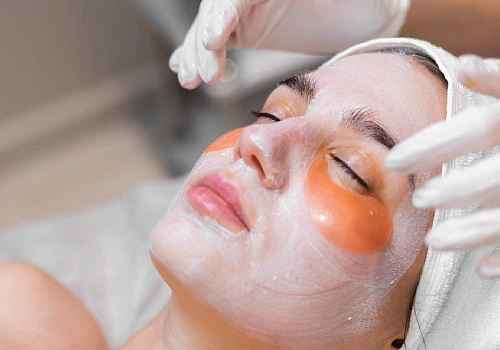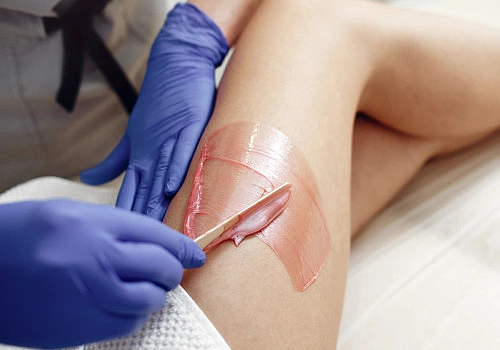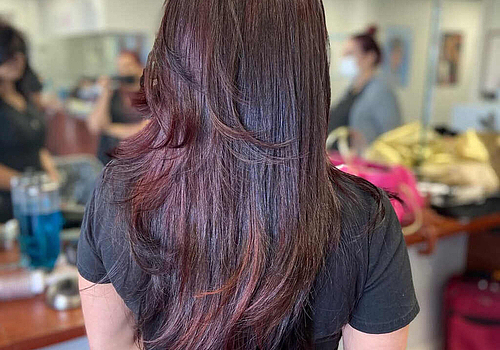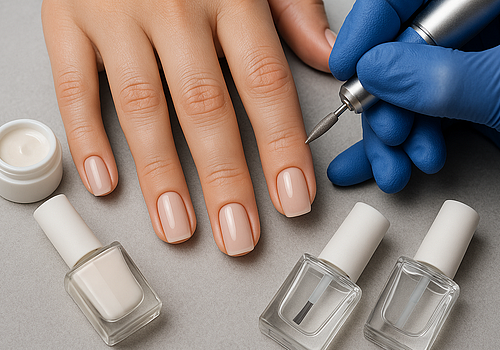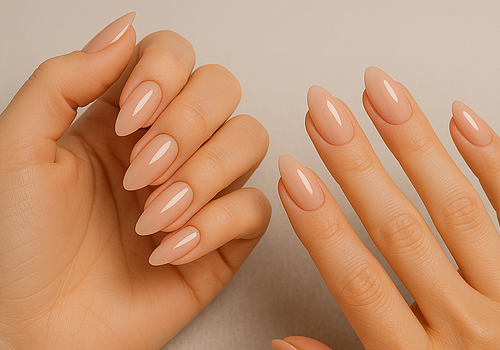How to Make Your Gel Nails Last Longer Between Appointments
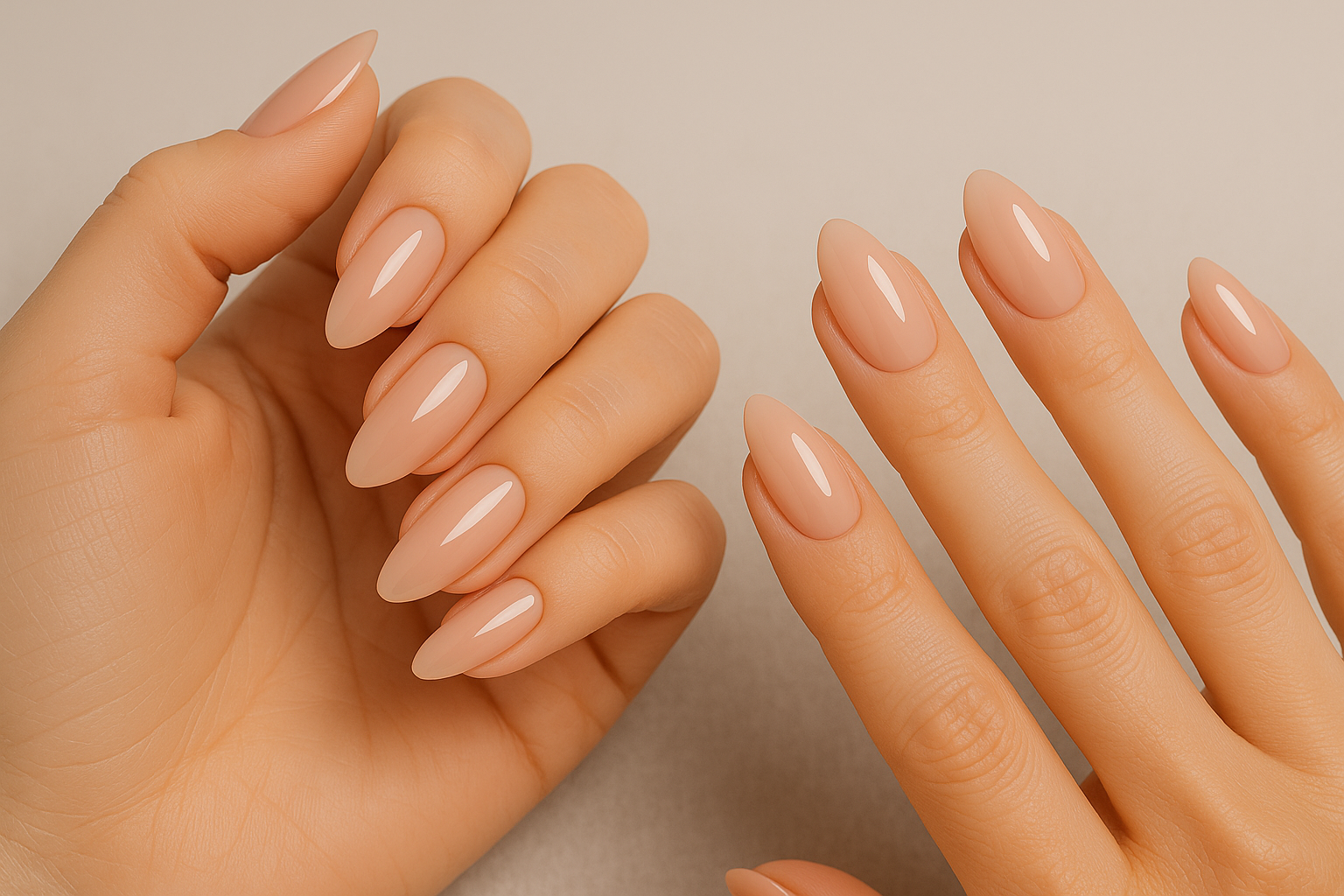
Gel nails aren't invincible. They chip, peel, and lift when prep gets skipped or aftercare gets ignored. The difference between a manicure that lasts three weeks and one that fails in five days? Execution. Either the salon cut corners, or you treated your nails like they could survive anything. Most people blame the polish. The real issue is whether anyone followed through on what actually makes gel stick.
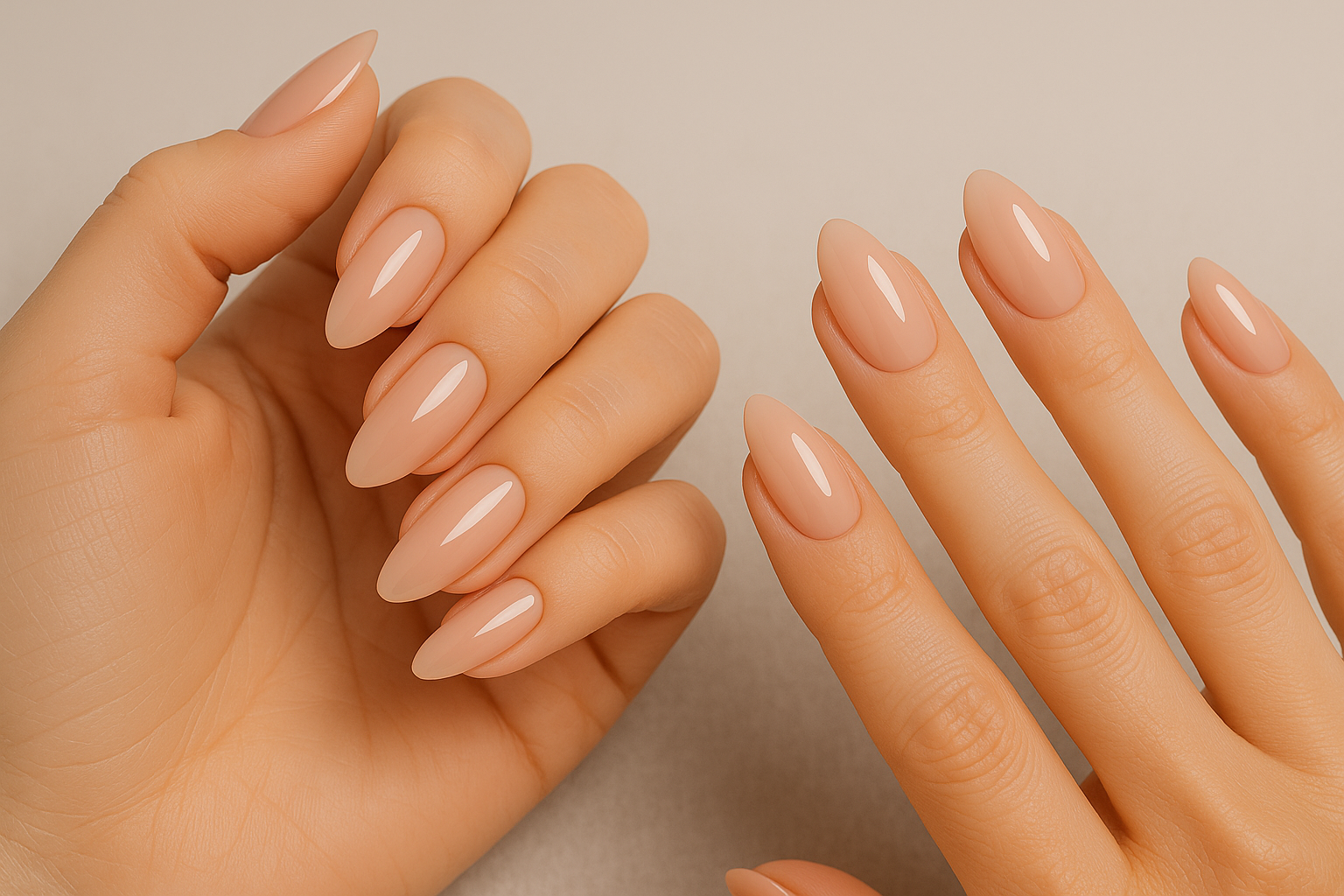
So if you're tired of watching your fresh gel manicure fall apart days after you paid for it, this is where we fix that. Every crack has a reason. Every peel has a cause. And once you know what's breaking down your nails, you can stop it before it starts.
Common Reasons Gel Nails Chip Early
Gel nails don't just fail on their own. Something went wrong either during application or in the days that followed. Maybe the nail bed wasn't prepped right. Maybe you soaked your hands in hot water for an hour the same day. Maybe the topcoat didn't cure all the way under the lamp. Whatever it was, it left a weak spot — and weak spots don't last.
Proper Prep Before Application
If your nails aren't clean and dry before the gel goes on, nothing else matters. Oil, lotion, water — any of that sitting on the nail plate will block the gel from bonding. And when the bond's not there, the polish lifts. It's that simple.
Our St. Cloud team sees it every week—someone shows up straight from the gym or with moisturizer still sitting on their cuticles, then wonders why their polish doesn't make it past Tuesday. Nail prep isn't some nice-to-have ritual. It's the only thing standing between a manicure that holds and one that fails. You wouldn't glue tile to a dirty floor and expect it to stick. Your nails work the same way. Treat the surface right, or accept that you're not dealing with bad timing—you're dealing with basic chemistry that doesn't care about your schedule.
- Nails should be filed and shaped before any product touches them
- Cuticles need to be pushed back, not soaking wet or freshly moisturized
- The nail plate gets buffed lightly to remove shine and create grip
- A dehydrator or alcohol wipe removes any leftover oils or residue
- Base coat goes on thin and even, not globbed on in one thick layer
This is where most people blow it. Skip the prep, and nothing else matters. Your color won't hold. Your finish won't last. You're not building on solid ground — you're just covering up a mess that'll show itself later. Prep isn't some extra step you can rush past. It's the only thing standing between a job that works and one that falls apart.
Aftercare Routines
Execution is everything. Gel polish works when you respect what it can handle. It's engineered to endure typing, washing dishes, twisting caps — the normal wear of living. But durability isn't immunity. Use your nails as pry bars, scrape labels with your tips, claw at packaging seams, soak your hands in water for hours without gloves — and the coating cracks. Not because the product failed. Because you pushed past its design threshold. Performance has boundaries. Cross them repeatedly, and the breakdown you're complaining about becomes inevitable. The system worked. You just demanded something it was never built to deliver.
The first 24 hours are critical. That's when the gel is still settling, even if it feels dry. Hot showers, long baths, chlorine, cleaning chemicals — all of that can weaken the bond before it fully sets. After that, it's about maintenance. Keep your hands moisturized, but not right before you touch your nails. Wear gloves when you're scrubbing or gardening. And if something starts to lift, don't peel it. That's how you rip off layers of your actual nail along with the polish.
- Moisturize your cuticles daily with oil, not your nail beds
- Wear gloves when cleaning or working with water for long periods
- Avoid picking or peeling at any edges that start to lift
- Reapply topcoat at home every few days if you want extra protection
- Keep nails at a practical length so they're less likely to snag or break
We tell clients in St. Cloud all the time — your nails are jewelry, not tools. Treat them that way and they'll last. Treat them like they're replaceable and you'll be back in the chair every week wondering what went wrong. It's not magic. It's just respect for the process.
Products to Avoid
Certain products will wreck your gel nails faster than anything you do with your hands. Acetone-based removers, harsh soaps, anything with alcohol or strong solvents — they all break down the topcoat and make it brittle. Even some lotions and oils can create a slippery layer that causes lifting if they get under the edge of the polish.
- Acetone nail polish remover will dissolve gel if it touches the surface
- Antibacterial gels and sanitizers with high alcohol content can dry out and crack the topcoat
- Thick body butters or greasy hand creams can seep under lifted edges and make it worse
- Household cleaners without gloves will eat away at the shine and integrity of the gel
If you're using any of these daily, your manicure's fighting an uphill battle. Swap to gentler products or just be more careful about when and how you apply them. A little awareness goes a long way when you're trying to stretch that salon-quality finish as long as possible.
Nail Protection Tips
Protection isn't complicated. It's about being smart with your hands and not assuming gel nails can take a beating just because they look tough. Use the pads of your fingers to open things. Don't use your nails as tools. And if you're doing anything that involves repetitive friction or impact, gloves aren't optional — they're required.
- Tap with your knuckles or fingertips, not your nails
- Open cans and bottles with a tool, not your thumbnail
- Wear protective gloves during yardwork, cleaning, or any manual labor
- Avoid soaking your hands in hot water for extended periods
- Keep a small nail file handy to smooth any rough edges before they snag
These aren't extreme measures. They're just habits that keep your nails intact. And if you're spending money on a quality gel manicure in St. Cloud, it makes sense to protect that investment. A few seconds of caution beats an hour in the chair fixing what broke.
When to Rebook
Most gel manicures hold strong for two to three weeks. After that, you're pushing it. Your nails grow, the gel starts to separate from the cuticle, and that gap becomes a weak point. Once lifting starts, moisture gets in. Once moisture gets in, bacteria can follow. And once that happens, you're not just dealing with chipped polish — you're dealing with potential nail damage.
Book your next appointment before three weeks pass. That's how you keep nails strong, polish intact, and cuticles under control. Stretching it longer doesn't do you any favors—it just means we're repairing damage instead of keeping things dialed in. You want nails that consistently look sharp? Show up consistently. Don't wait until everything's wrecked and expect us to work magic in one session. For more on maintaining your nails between appointments, check out our latest advice and updates.
Keep Your Gel Nails Strong in St. Cloud
Gel nails last when you give them the right start and the right care. That means proper prep, smart aftercare, and knowing when to come backbefore things go sideways. At Precious Nails & Beauty in St. Cloud, we don't rush through appointments or skip steps to save time. We do it right so your nails hold up and you're not back here in five days asking what happened. If you're ready for a gel manicure that actually lasts, call 407-639-3561 or reach out to book your appointment today.
‹ Back



